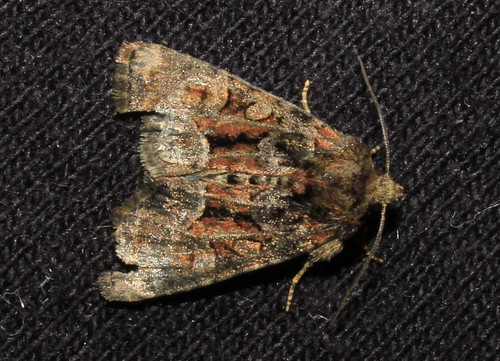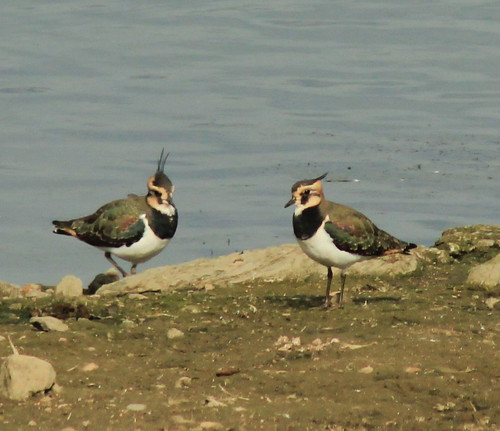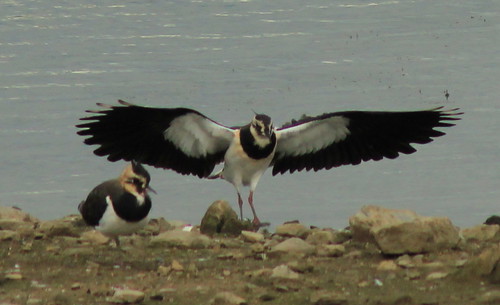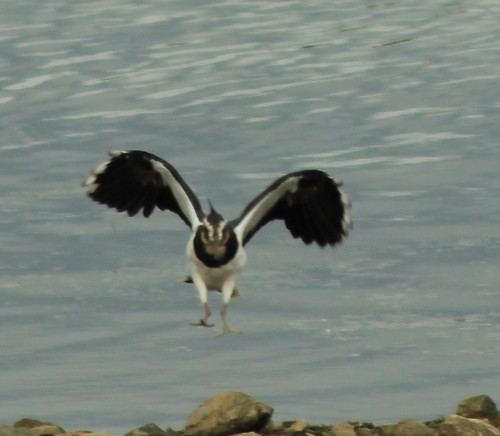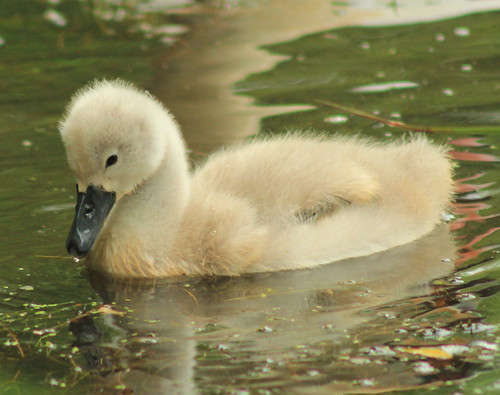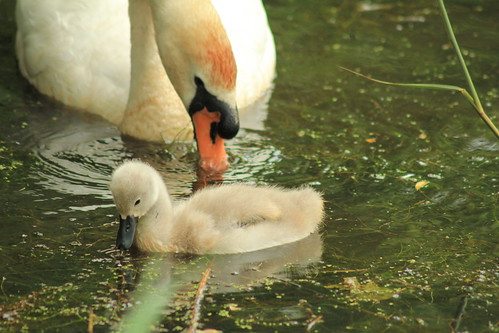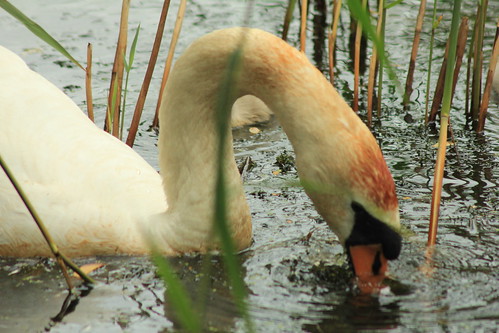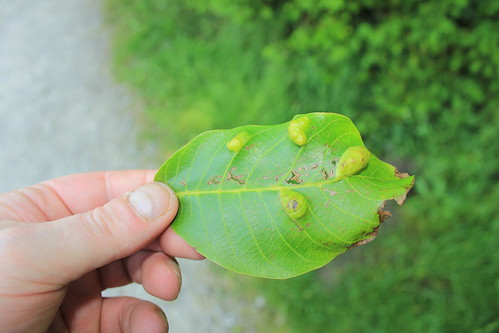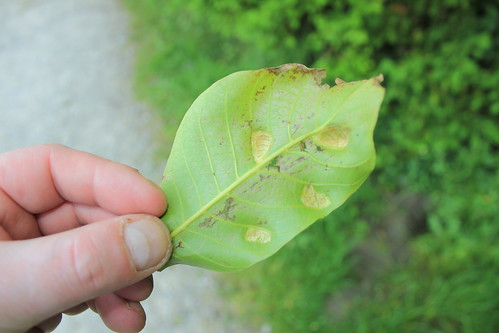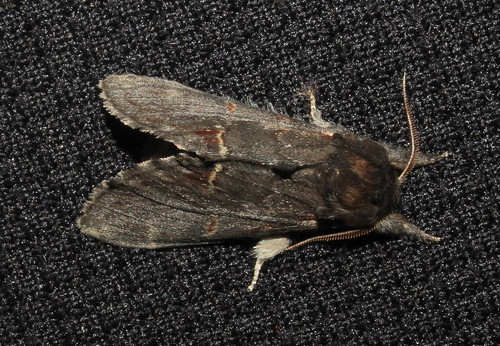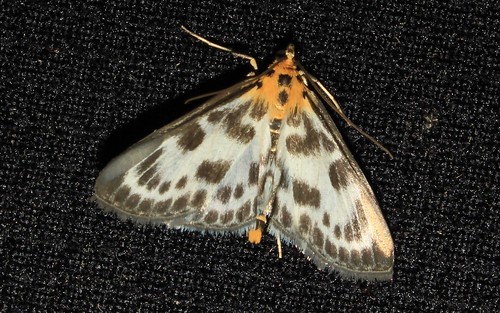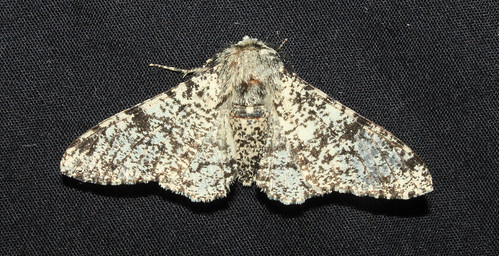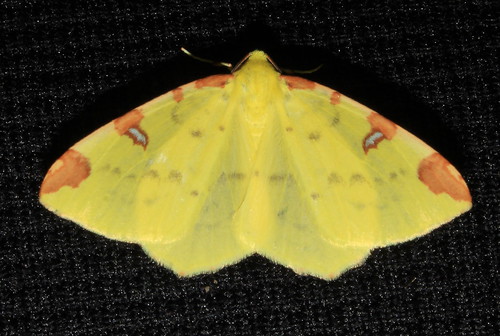Weather - Warm 18o Light Breeze. Low Humidity ,
General Comments Lots of Small Magpies , and Peppered Moths which seemed to be local to the Pebble Dashing nearby and on shed . A flurry of Large Yellow Clunbsy things have also returned
Other Entomology Birch Shieldbug
MV 120 W Robinson
73.317 BF2089 Heart & Dart Agrotis exclamationis
73.162 BF2321 Dark Arches Apamea monoglypha
73.176 BF2340 Middle-barred Minor Oligia fasciuncula
49.039 BF 998 Light Brown Apple Moth Epiphyas postvittana x12
63.025 BF1376 Small Magpie Anania hortulata x4
73.173 BF2337 Marbled Minor Agg Oligia strigilis
70.226 BF1906 Brimstone Moth Opisthograptis luteolata
70.252 BF1931 Peppered Moth Biston betularia x3
70.061 BF1738 Common Carpet Epirrhoe alternata
63.018 BF1378 Elder Pearl Anania coronata
62.001 BF1428 Bee Moth Aphomia sociella
73.329 BF2102 Flame Shoulder Ochropleura plecta x2
49.156 BF1083 Marbled Orchard Tortrix Hedya nubiferana
72.003 BF2477 The Snout Hypena proboscidalis
70.097 BF1764 Common Marbled Carpet Dysstroma truncata
73.113 BF2306 Angle Shades Phlogophora meticulosa
73.342 BF2107 Large Yellow Underwing Noctua pronuba
Pugs
70.252 BF1931 Peppered Moth Biston betularia
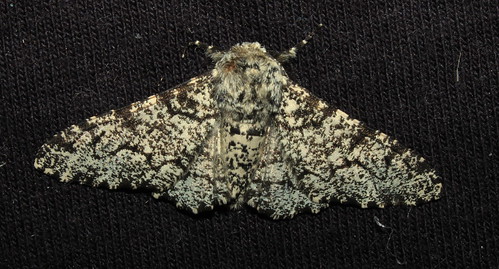
73.317 BF2089 Heart & Dart Agrotis exclamationis
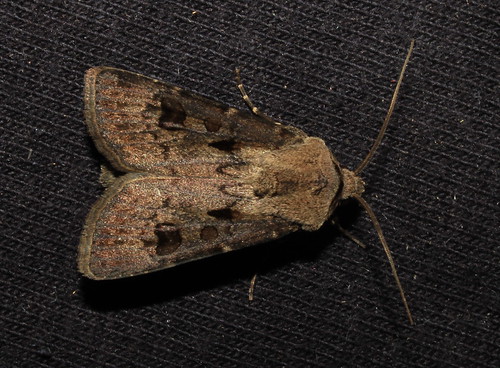
73.342 BF2107 Large Yellow Underwing Noctua pronuba


73.162 BF2321 Dark Arches Apamea monoglypha

73.176 BF2340 Middle-barred Minor Oligia fasciuncula

1428 Bee Moth Aphomia sociella ABH 62.001 Female
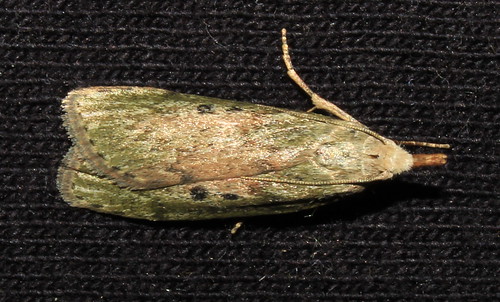
73.329 BF2102 Flame Shoulder Ochropleura plecta
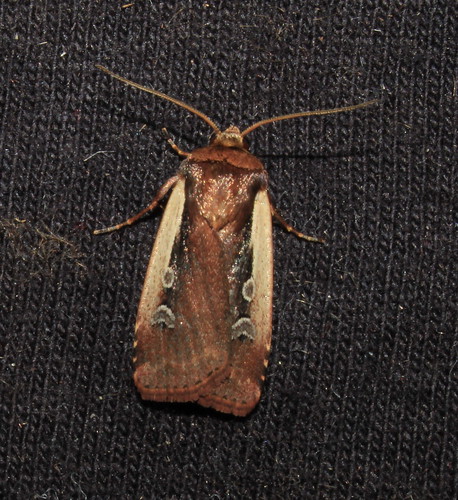
63.018 BF1378 Elder Pearl Anania coronata
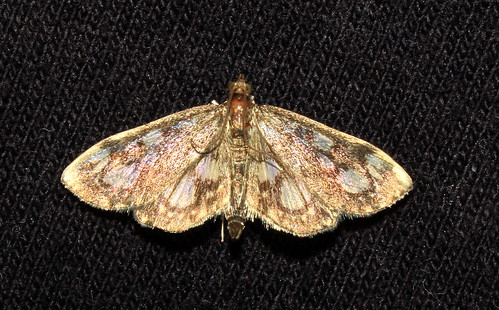
72.003 BF2477 The Snout Hypena proboscidalis
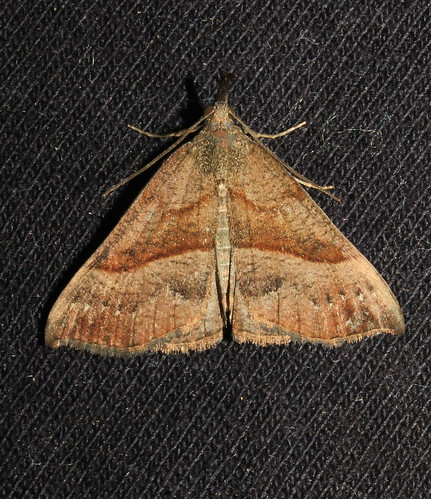
73.113 BF2306 Angle Shades Phlogophora meticulosa
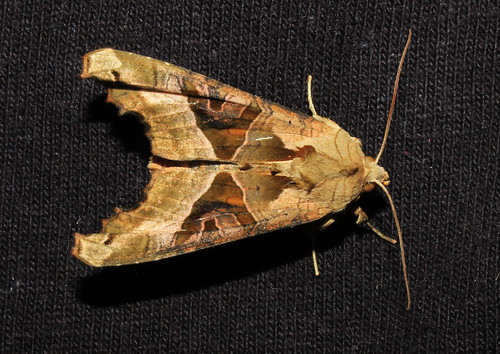
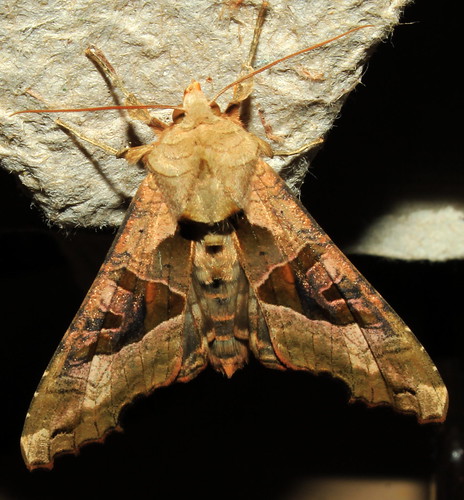
Pug For Confirmation - ?????

Comments
73.175 BF2338 Rufous Minor Oligia versicolor
One of potentially 3 similars requiring Gen Det but based on superficial looks possibly a Rufous Minor NOTE Not an absolute ID for the reasons above
